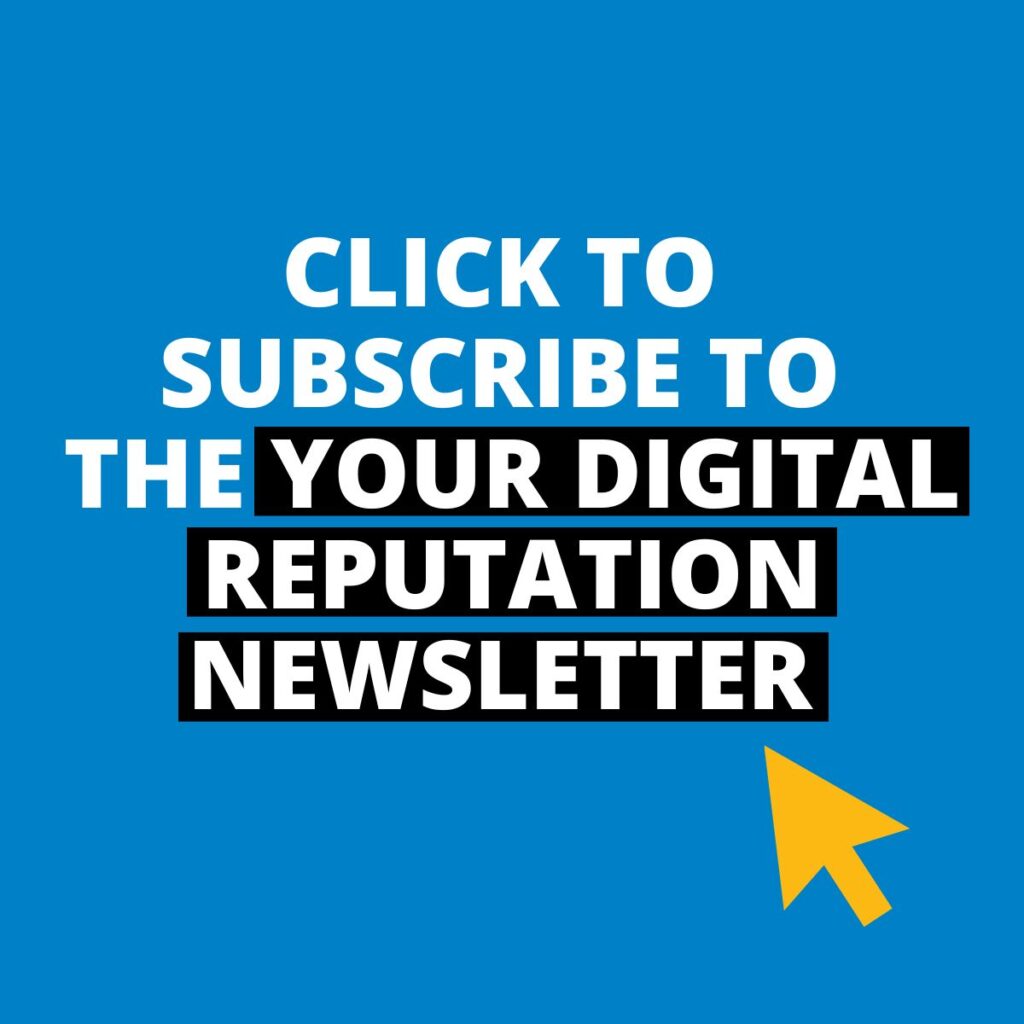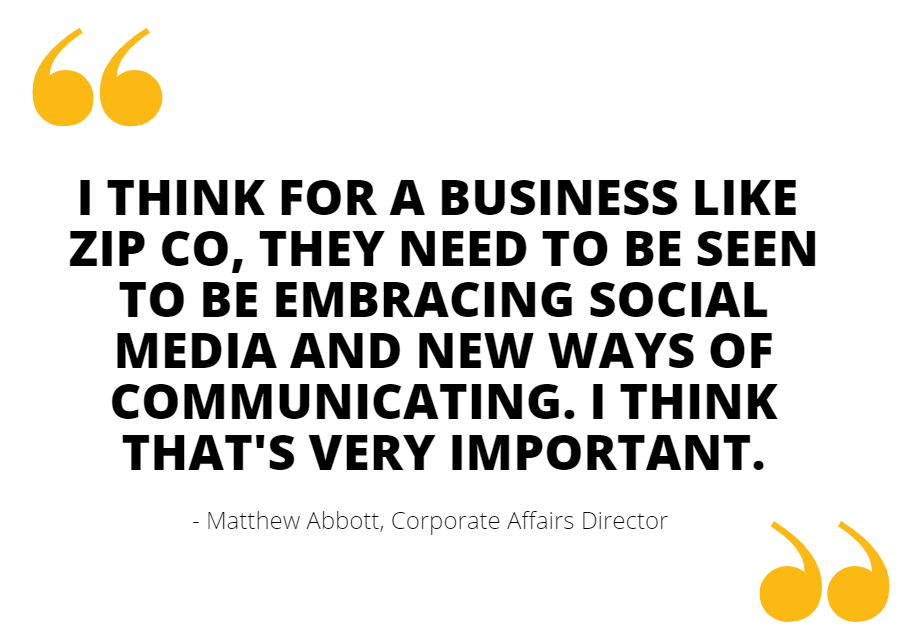In this episode, we’re trying to get to the bottom of why almost 85% of the ASX 200 CEOs are either inactive or ineffective on LinkedIn. It’s a big number, 85%. This is one of the key findings in our recent ‘Digital Reputation Report‘, where we analysed the LinkedIn activities of all CEOs from the ASX200 – Australia’s 200 largest listed organisations by market cap.
And after sifting through almost 12 months of data, the label that best described this collective was – ‘the silent’.
Sure. 88% of those CEOs have a LinkedIn profile, but more than half, yes, 52% posted just once or not at all over the entire year – particularly at a time when staff candidates, customers, investors and more are all using social media to look into these leaders for guidance.
So why is this happening? What’s missing in the narrative around executive use of social media that means so many still choose to stay silent and what could be done to build confidence, capability, and activity among key leaders across the country. I’m very fortunate to be joined in this episode by Matthew Abbott. Together we unpack the report, explore the reasons why we see such low levels of digital reputation participation, and most importantly, discus how we can change this current state to hear more from our best leaders.
Matthew is a longtime Corporate Affairs Advisor that has worked with Zip Co, the Australian Corporate Watchdog ASIC, and with Westfield founder, Sir Frank Lowie. Here’s a snapshot from our discussion. I hope you find it as valuable and insightful as I did.
Roger Christie: As someone who has had a wide ranging career in the communications, public affairs and corporate affairs space, this is a topic that really hits at many of the experiences you’ve had along the way. So why do you think almost 85% of ASX 200 s are either invisible, inactive, or ineffective on LinkedIn?
Matthew Abbott: From my point, there are a few factors. One of the things – it really depends on who the company is. Most recently I worked at Zip Co, a global buy now pay later company whose key stakeholders were mainly consumers but also merchants.
One of the founders, Larry Diamond is a big user of social media – a big user of LinkedIn. And I think for a business like Zip Co, they need to be seen to be embracing social media and embracing new ways of communicating. I think that’s very important. If you’re a listed company that sells widgets, if you’re a B2B proposition and you put out your results to the ASX twice a year, you probably think you don’t need to have a massive need for a presence on social media. Maybe you feel like you don’t need to be commenting on all manner of things.
But I think it’s really depends on what sort of company you are and whether you. Whether in fact you do need to be communicating with stakeholders who use and understand social media … It’s about what sort of company it is and what sort of scale you need.
(Generally) I think people are scared. You just have a look at this sort of ‘woke sphere’. I think people are scared of saying something that’s slightly not part of the orthodoxy and they don’t want to get cancelled. And also I think from the point of view of using LinkedIn as a channel to engage with your investors, people are a bit timid about saying the wrong thing and having the ASX jump on their back or having an ASIC investigation on top of them.
Roger Christie: Fair reasons as to why an executive CEO of an ASX listed company might say, ‘This space isn’t for me’. The fear of saying the wrong thing, cancel culture and the drama that goes along with it. What I find interesting is the response to that concern is: To opt out.
While at the same time, by opting out of this environment, you also lose the right to correct misinformation. And so what is more risky in that sense? The worry about saying the wrong thing that may be interpreted the wrong way and getting people offside versus opting out all together and having other people control the narrative in the dialogue around your company, even unofficial voices? Risk is a really interesting concept to unpack in the context of social media participation today for leaders.
I think the point you’re making also is around the CEO’s understanding and regard for communications more generally and how to control or shape your external environment. LinkedIn is just one form of social media. It’s just one platform but an important platform. But I think the issue we’re hinting at is the wider preparedness of CEOs to engage with their external environment.

Matthew Abbott: When I was at Zip Co, Larry Diamond was always responding and posting actively on LinkedIn. A lot of it was very personal about the company. Three years ago when I first started, Zip was in a major global expansion phase, buying a businesses in America, setting up businesses in England, the Middle East and Central Europe. We were on the hunt for talent; the young engineers and the young customer service people we wanted to hire wanted to hear about the sort of company we were. So a lot of the material that Zip posted was around celebrating religious moments, cultural holidays, Martin Luther King Day, Eid, Ramadan etc. Celebrating when staff are doing something really well or someone’s giving a speech. It’s kind of inwardly focused and it is important.
… But all that stuff is very non-controversial. But sometimes if you are out in that public square, saying things publicly via LinkedIn, you will have to make those assessments around whether are we going comment on this issue or that issue. For instance, a lot of companies have come out through their social media channels discussing the Voice to Parliament, which is a big, major issue around indigenous public policy. But it’s not without controversy. And I think it’s an issue which corporations need to sort of wrestle with.
This is all about exercising their judgment. The big thing about using any sort of social media as a company or as a CEO is (asking), ‘Why are we doing this? How will this further the company’s strategic goals?’ CEOs aren’t using [social media] just for the hell of it. These men and women are working ’25 hours a day’ to deliver returns for their shareholders. And if they do get on social media, it’s done with a very clean, strategic, imperative. Communications is tool organisations use to achieve their strategic goals and it’s important to always remember that.

Roger Christie: I agree and also, what you’ve touched on there is the universal need for every single leader across every single organisation around this country in the globe. And that is talent. And there is a truth that if you are looking to engage talent, we must recognise where that talent is looking. That talent is Googling CEOs, they’re googling their line managers, and they’re trying to find out what they possibly can around these people to inform. Decision around where to work.
So if that is true, then what you were describing there with Zip, what was the role of the leader versus what is the role of the brand company page?
Matthew Abbott: Leaders are naturally going to attract a lot more attention than a brand. Organically without paid media spend, leaders on social media will attract infinitely more interest than brand pages. That’s just a simple truth. It’s the way the algorithm works. So because of that, if the leaders are attracting attention, if they’re the ones potentially inspiring audiences, what they can also know is how to explore issues – like you were saying, social issues, new product areas, new customer segments. They can explore those things as an individual. Rather than as a company that’s locked into what it does.
Roger Christie: That’s right. They’ve got a bit more license and because of that, I think they can also get much more personal than a brand because of these things. There is a huge latent opportunity there for those 85% of ASX CEOs to look at social media through a commercial lens with talent as the driver.
Matthew Abbott:I think to your point, that’s the strategic imperative that I would put on the roadmap of any executive today. If you want to be visible and relevant with talent, this is the environment to do so. And I think probably social media is what a website was 20 years ago, or a brochure was 30 years ago. You can’t not have one. … some people use them very well and some people use them poorly. I think in this day and age, especially depending on the corporation, the style of corporation, it’s something which needs to be addressed.
For more insights, listen to the conversation in full and follow Matthew Abbott on LinkedIn
And last but not least, feel free to drop Roger Christie a note with any thoughts – he’d love to hear from you. If you want more on all things digital reputation, be sure to subscribe to the Your Digital Reputation newsletter packed full of advice, trends and the best leadership examples just for you.


